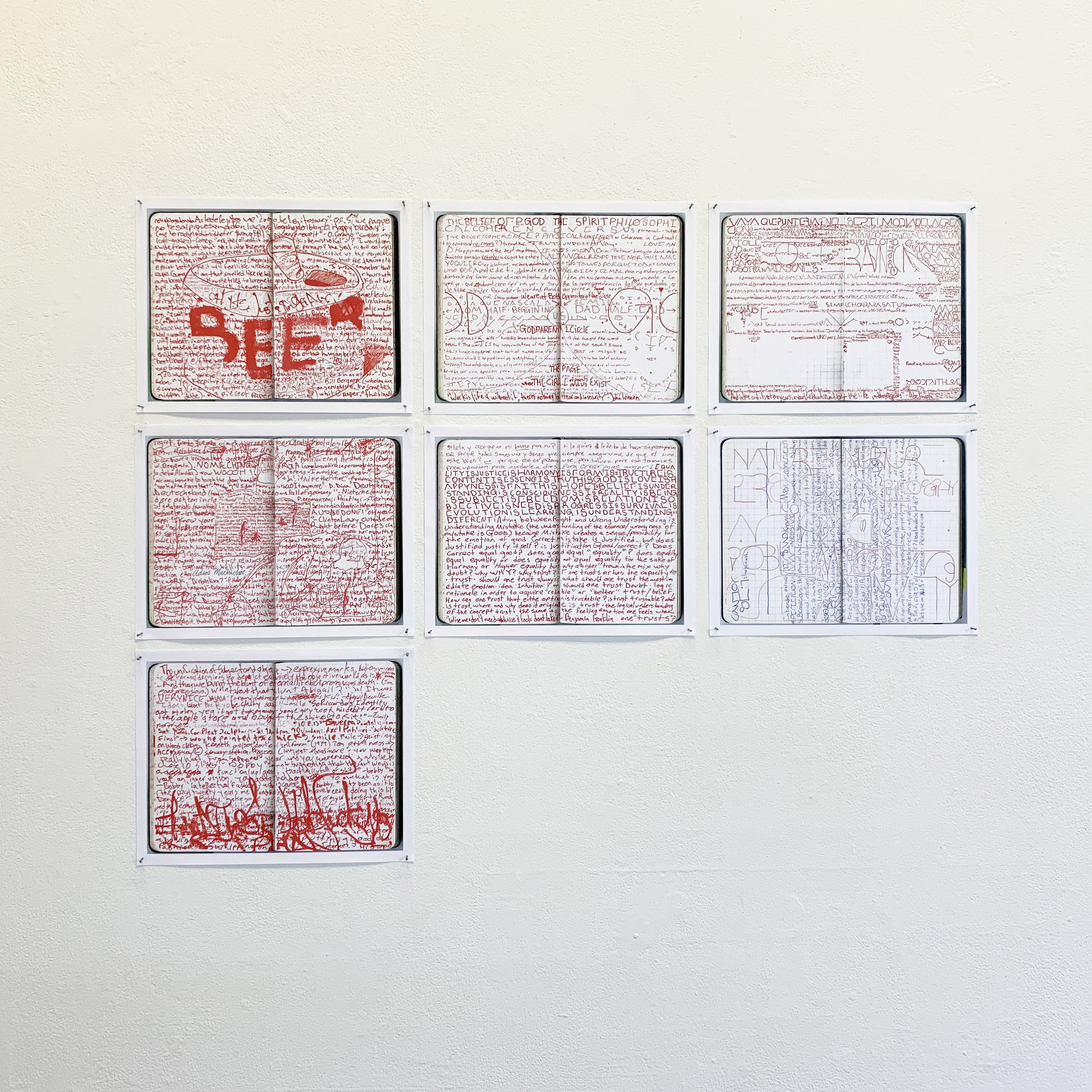Much of the work of museum education is to help audiences to notice things that will resonate with them, through focused observation; open-ended dialogue; and technical, historical, and biographical information. There are a number of ways to embark on this task. A prosaic, verbal exposition is not always the most useful, whether because of the limitations of language among a particular audience (for example, among a group of six-year-olds) or because constructing and parsing linguistic meaning always has the potential to distract from the sensorial thing at hand.
Multimodal inquiry—using modes other than discursive language—is pursued with a tacit acknowledgment that there are ways other than through language of constructing and expressing knowledge. These modes include drawing and sculpting; poetic speech and writing; music and sound associations; material and tactile associations; and kinesthetic associations (or embodiment).
(For a thorough account of multimodal forms of object-based inquiry, see Hubard, Olga M. [November 2007]. “Complete Engagement: Embodied Response in Art Museum Education.” Art Education, 60[6].)
Among these multimodal tools are visual percepts—such as colors, pictures, and icons—that may be used to reveal metaphorical links to the art objects at hand. In practice, these visual percepts may be presented on flash cards or on a handheld screen. Shannon Murphy, Head of Education at the Noguchi Museum, has created a set of flashcards used regularly in her repertoire of gallery teaching tools. The cards feature visual percepts in a few categories, including natural elements (air, water, earth, fire); sense organs; colors; and cosmic forces (an atomic explosion, the Earth, outer space). Participants use the cards to signify their responses to Isamu Noguchi’s abstract sculptures.










